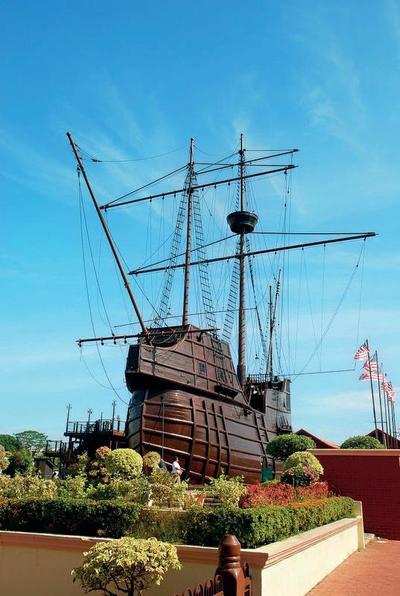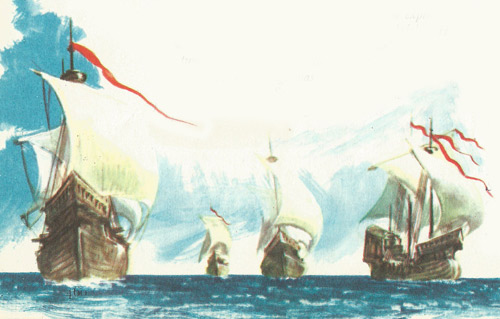

They used CT scanning to identify two silver coins: the Manuel índio, minted in 1499 and the real grosso, minted sometime between 14.

To examine some of the shipwrecks' corroded artifacts, the team turned to high-tech methods. They found hundreds of artifacts, including copper-alloy barrels, a number of stone shots, gold coins, West African and Asian ceramic pots and stone beads, he said. Mearns and his Omani partners then conducted more thorough archaeological surveys and excavations in 2013, 20. During the initial investigation, he said he found more than 20 large stone cannonballs sitting right on the surface of the seabed. That story led Mearns to the northeastern coast of Al-Hallaniyah in 1998. "It was a very rich and well-told story, which is great for archaeology," Mearns said. Īnother captain from the squadron recounted the disaster in great detail in a letter to the Portuguese king, and the story has been retold in many histories. The wind came, and the ships' moorings were torn away.īrás Sodré's ship, nau São Pedro, ran hard aground, but Vicente's ship, nau Esmeralda, sank in deeper water, killing him and everyone else on board. But, believing their iron anchors to be strong enough to withstand the storm, the Sodré brothers didn't heed the warnings. When the local fishermen knew there was a strong wind coming from the north, they told the Portuguese sailors to get on the other side of the island. The Portuguese ships were anchored in a bay that was protected on all sides-except the north. (In one infamous story, da Gama torched a pilgrim ship carrying more than 300 Muslims-including women and children -returning from Mecca.) Da Gama secured a monopoly on the valuable spice trade, terrorizing coastal cities and vessels along the way. Portuguese navigator Vasco da Gama found a sea route to India in 1498, becoming the first European to reach Asia by sea and ushering in an era of Portuguese imperialism. After recent underwater excavations and careful analysis of more than 2,800 artifacts, including cannonballs and rare coins, the researchers are now fairly certain they have found the nau Esmeralda, the doomed ship commanded by da Gama's uncle. Marine archaeologists think they've discovered a lost Portuguese ship from explorer Vasco da Gama's fleet off the coast of present-day Oman, more than 500 years after it sank in a deadly storm.Ī team led by David Mearns, of the U.K.-based Blue Water Recoveries, first located the shipwreck in 1998 using archives and historical documents as a guide.


 0 kommentar(er)
0 kommentar(er)
